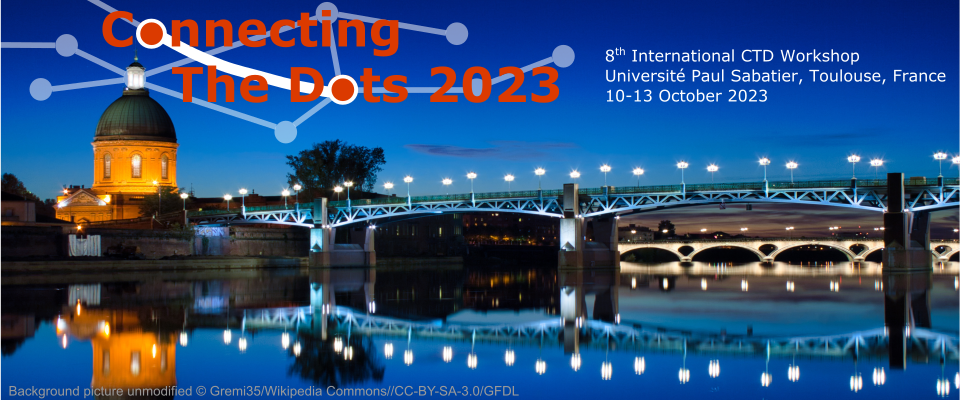Speaker
Description
In this work, we present a study on ways that tracking algorithms can be improved with machine learning (ML). We base this study on a line-segment-based tracking (LST) algorithm that we have designed to be naturally parallelized and vectorized in order to efficiently run on modern processors. LST has been developed specifically for the Compact Muon Solenoid (CMS) Experiment at the LHC, towards the High Luminosity LHC (HL-LHC) upgrade. Moreover, we have already shown excellent efficiency and performance results as we iteratively improve LST, leveraging a full simulation of the CMS detector. At the same time, promising deep-learning-based tracking algorithms, such as Graph Neural Networks (GNNs), are being pioneered on the simplified TrackML dataset. These results suggest that parts of LST could be improved or replaced by ML. Thus, a thorough, step-by-step investigation of exactly how and where ML can be utilized, while still meeting realistic HL-LHC performance and efficiency constraints, is implemented as follows. First, a lightweight neural network is used to replace and improve upon explicitly defined track quality selections. This neural network is shown to be highly efficient and robust to displaced tracks while having little-to-no impact on the runtime of LST. These results clearly establish that ML can be used to improve LST without penalty. Next, exploratory studies of GNN track-building algorithms are described. In particular, low-level track objects from LST are considered as nodes in a graph, where edges represent higher-level objects or even entire track candidates. Then, an edge-classifier GNN is trained, and the efficiency of the resultant edge scores is compared with that of the existing LST track quality selections. These GNN studies provide insights into the practicality and performance of using more ambitious and complex ML algorithms for HL-LHC tracking at the CMS Experiment.
